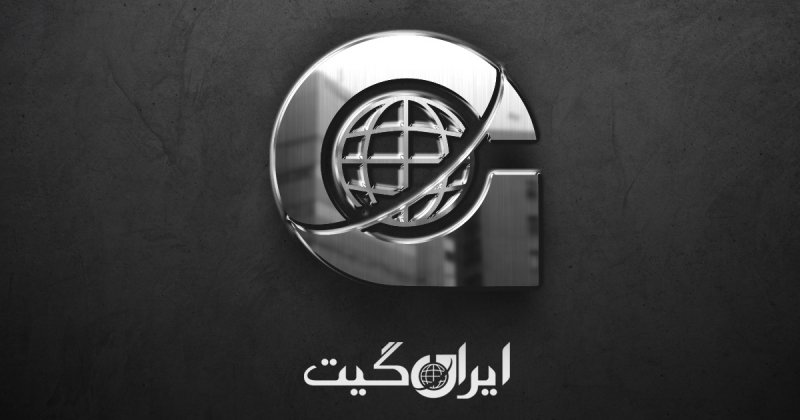Europe Pulled the Trigger, the JCPOA is Dead
Europe Pulled the Trigger, the JCPOA is Dead
According to IranGate News Agency, following the activation of the trigger mechanism by three European countries and the reimposition of UN Security Council sanctions against Iran, the country has entered a new phase of economic, political, and international challenges. Analysts consider this phase a turning point in the future of nuclear diplomacy and the internal position of the Islamic Republic. This report provides a comprehensive picture of the outlook for Iran in the post-snapback era by examining the views of experts and credible international sources.
Iran in the Shadow of the Return of UN Sanctions Following the Activation of the Trigger Mechanism
Following repeated diplomatic failures to revive the nuclear agreement JCPOA and the increase in Iran’s nuclear activities, the three European countries (E3) — France, Germany, and the United Kingdom — activated the so-called trigger mechanism in September 2025, citing the provisions of UN Security Council Resolution 2231. This action led to the automatic return of international UN sanctions against Iran, sanctions that had been lifted with the signing of the JCPOA in 2015. This report analyzes the various dimensions of this event and its potential consequences for Iran’s economy, domestic political space, regional position, and the future of Tehran’s international interactions.
Economic Consequences of Returning to Maximum Pressure
Plummeting Oil Exports
The renewed UN sanctions mean the return of severe restrictions on Iran’s oil exports. Analysts predict that oil exports will sharply decline as companies and countries fear facing secondary sanctions.
Currency Market Turbulence and Inflation Surge
With declining foreign exchange revenues and reduced confidence in the economic future, the value of the rial has once again started to fall. Monthly inflation is increasing at an unprecedented rate, and many essential goods are facing severe shortages or price hikes.
Capital Flight and Halt of Foreign Investment
The trigger mechanism has not only driven foreign investors away from Iran but also led domestic investors to move their assets out of the country or turn to safer markets.
Blockage of Trade Routes
International banks, insurance companies, and maritime transport have ceased cooperation with Iran. Non-oil trade has also suffered significant damage, and the supply chain of many domestic industries has been disrupted.
Domestic Political Consequences: New Divisions and Public Discontent
Intensified Public Dissatisfaction
With economic pressures and a decline in living standards, public opinion is once again under tension. Analysts warn that there is a possibility of increased protests and social unrest in the coming months.
Differences of Opinion Within the Power Structure
The new sanctions have caused divisions among the ruling factions. Some are calling for a return to the negotiating table, while others emphasize a policy of maximum resistance and consider any retreat as a defeat.
Increased Security Pressures
In response to public dissatisfaction, the authorities are likely to resort to security tools and suppress protests. This could lead to a more closed political environment in the country.
International and Regional Consequences: Tension, Isolation, and Conflict Scenarios
The End of the Nuclear Diplomacy Path
With the activation of the trigger mechanism, the JCPOA has effectively become void, and hopes for a new agreement have diminished. Some Iranian officials have threatened that they might start 90% enrichment or withdraw from the NPT.
Increased Isolation of Iran in the International System
Iran is gradually losing the support of some neutral or moderate countries in the international system. Conversely, it is moving towards strategic cooperation with non-Western countries like China, Russia, and Venezuela.
Possibility of Military Conflicts
With the increase in Iran’s nuclear activities and Western pressures, the likelihood of military confrontation — whether in the form of targeted Israeli attacks or tensions in the Persian Gulf — is rising. Any miscalculation could lead to a full-blown security crisis.
Four Scenarios Ahead for Iran
Experts have considered several possible paths for Iran’s future: renegotiation under harsher conditions under economic pressure, Iran might return to new negotiations but with the upper hand for the Western side; resistance and escalation of the nuclear program Iran might move towards higher enrichment levels or exit the NPT to create leverage; full alliance with the East focusing entirely on relations with Russia, China, and India to bypass sanctions and create strategic backing; gradual social collapse if pressures continue and no domestic reforms are made, protests and discontent might lead to a social crisis.
Future in the Haze
The return of UN Security Council sanctions through the trigger mechanism is considered a strategic blow to Iran’s economy, diplomacy, and domestic politics. While the ruling system tries to assert control by relying on alternative policies like expanding relations with the East or internal control, signs indicate that in the absence of a sustainable diplomatic solution, the country is on the path to multiple and complex crises.
Iran now stands at a point where it must either enter a new path of engagement at great cost or continue the path of confrontation by accepting heavy consequences.
